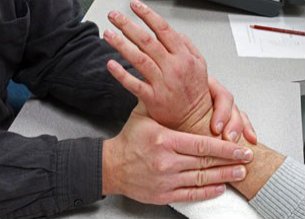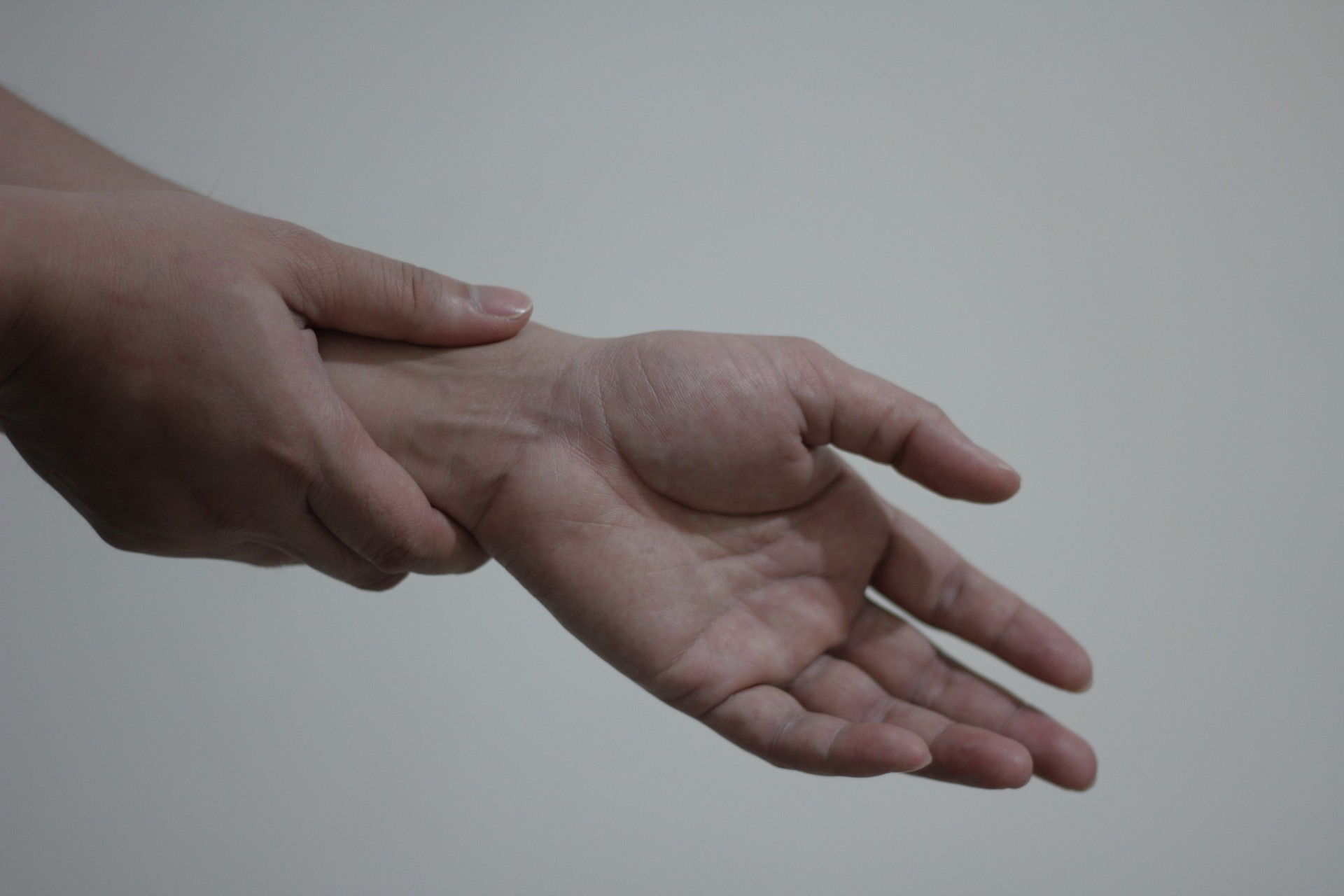nalco group
bone, muscle & joint pain physio
BOOK NOW / WHATSAPP ABOUT YOUR PAIN OR INJURY
- ORCHARD 400 Orchard Road #12-12 Singapore 238875
- TAMPINES 9 Tampines Grande #01-20 Singapore 528735
- SERANGOON 265 Serangoon Central Drive #04-269 Singapore 550265
Home > Blog > Hand Therapy & Customized Splinting > Conditions > Finger, Hand, Wrist, Forearm & Elbow Conditions > Wrist Sprain Hand Therapy
Wrist Sprain Hand Therapy
Wrist sprains and injuries are in fact a very common hand injury that we treat in our clinic, and these injuries usually happen due to falling on outstretched hand (FOOSH) which is a natural defense/protective mechanism to break our falls with our hand (to protect our head and brain).
And then what happens is that there is a traumatic force that enters the wrist, that is the transferred to hard tissues (bones) and soft tissues such as muscles, tendons, ligaments, skin, cartilage. This can result in a wrist fracture, finger(s) fractures, carpal bone fractures or soft tissue injury.
What Is A Wrist Sprain?
A wrist sprain typically refers to the event where the wrist ligaments are stretched beyond their normal/safe lengths and limits, causing micro-tears. You know, our ligaments are very strong and fibrous bands of tissues that connects and keeps our bone joints together strongly and stably.
In the wrists, these wrist ligaments function to stabilize your wrist joint for your wrist to have full movement, exert force/exertion and loading through your wrist, hand and fingers.
The Three Degrees Of Wrist Sprains
- Grade 1: Mild sprain - ligaments are only slightly stretched, with no tears/micro-tears. Usually with mild pain.
- Grade 2: Moderate sprain - ligaments stretched beyond normal limits, with presence of partial tear of the ligament with presence of mild-moderate pain
- Grade 3: Severe sprain - ligaments are 100% torn or ruptured, and the wrist may be very unstable and painful.
Who Are At Risks For Wrist Sprain Hand Injury?
Usually, wrist sprains happens during a fall...so naturally, a person who falls frequently, be it due to weather, age, weakness, sports or accidents are at risk of spraining their wrists.
This means that the group people more at risks to getting wrist sprains are:
- Elderly who may fall often due to vision impairment, physical weaknesses or diseases
- Young who may fall when they play
- Sporty and active people who may fall due to impact or loss of balance in sports
- Accidents such as motor-vehicle accidents and collisions, even in public transport
- Etc
Wrist Sprain Hand Therapy: Signs And Symptoms
The most tell-tale sign is pain with movement in the wrist, but other signs are:
- you feel pain and swelling in the wrist joint or around your wrist
- you feel bruised and bruising at your skin near the wrist or hand
- you feel pain and tenderness at your wrist
- you feel a dull sensation/nagging sensation/numbness/tingling sensation in your hand
- you feel that your wrist a little unstable and/or "feels loose"
- you find that your wrist "feels funny", weak, poor coordination, painful and cant seem to use your hand as normal
Wrist Sprain Hand Therapy Interventions

During your first wrist sprain hand therapy session with us, the senior hand therapist will first assess and diagnose your wrist with clinical interviews and a physical examination.
We have to
perform differential diagnoses testing, to ensure that your
wrist pains and sprain isn't or at least doesn't/isn't other problems such as
wrist fractures, repetitive strain injuries such as De Quervain's/tendinitis or even cartilage damage, which has similar
symptoms as wrist sprains.
We may even refer you to an orthopedic doctor (we work personally with quite a few of them) or GP to perform an X-ray to exclude/confirm any possible fractures to the bones or soft tissue tears in the hand.
If we find that your wrist sprain/pain symptoms are severe and we suspect more underlying injuries, we may also send you to the doctors to get an MRI done, to see the extent of soft tissue injuries that you may have.
If during the hand therapy assessment and session we find that your wrist sprain is stable and safe enough to start therapy, we will start you on a progressive and safe hand therapy program, which may consist of the following therapies but is not limited to:
- paraffin wax bath (moist heat treatment)
- hot pack (gentle controlled heat treatment)
- progressive range of motion exercises (from gentle assisted, to active, to resistive)
- progressive strengthening exercises
- ultrasound therapy to accelerate soft tissue healing
- customized splinting to increase healing and stability of the injured wrist joint

